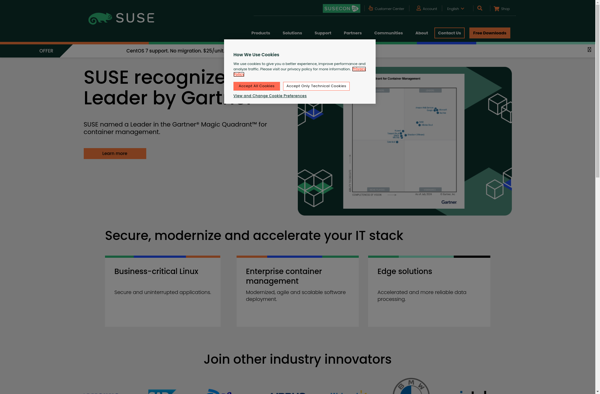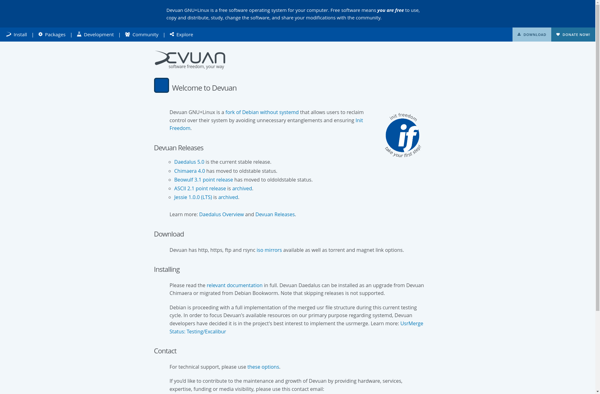Stella GNU/Linux Distro

Stella GNU/Linux Distro: User-friendly Linux Distribution for New Users
Stella is a user-friendly Linux distribution based on Debian and focused on providing a smooth desktop experience for new Linux users. It features an intuitive interface, automated hardware detection, a carefully selected software set, and easy installation.
What is Stella GNU/Linux Distro?
Stella GNU/Linux is a desktop-oriented Linux distribution based on Debian that aims to provide a smooth experience for users new to Linux. It features the Xfce desktop environment for a balance between ease-of-use and flexibility.
Some of Stella's key highlights include:
- Automated hardware detection during installation to make sure proper drivers and settings are configured for your system.
- A carefully curated software set of the must-have Linux applications for casual users, including Firefox, Thunderbird, VLC media player, and LibreOffice among others.
- A clean, modern look and feel out-of-the-box with Xfce, without unnecessary clutter, while still allowing users to fully customize their desktop.
- A user-friendly installer based on the standard Debian graphical installer with supplemental automated options for new users.
- Useful default settings like desktop icons for commonly accessed folders and inclusion of menu entries for managing system features.
Stella aims to provide users dipping their toes into Linux with a welcoming experience by setting up as much as possible automatically, while offering helpful new-user documentation and access to more advanced features as users become familiar with Linux.
Stella GNU/Linux Distro Features
Features
- Based on Debian stable release
- Uses Xfce desktop environment
- Includes software for everyday tasks
- Easy graphical installation
- Automated hardware detection
- Customized look and feel
- Support for installing popular apps
Pricing
- Free
- Open Source
Pros
Cons
Official Links
Reviews & Ratings
Login to ReviewThe Best Stella GNU/Linux Distro Alternatives
Top Os & Utilities and Linux Distributions and other similar apps like Stella GNU/Linux Distro
Here are some alternatives to Stella GNU/Linux Distro:
Suggest an alternative ❐Debian

Fedora

OpenSUSE

Pop!_OS

Red Hat Enterprise Linux

AlmaLinux

ALT Linux

SUSE Linux Enterprise

Void Linux

Devuan

Rocky Linux
